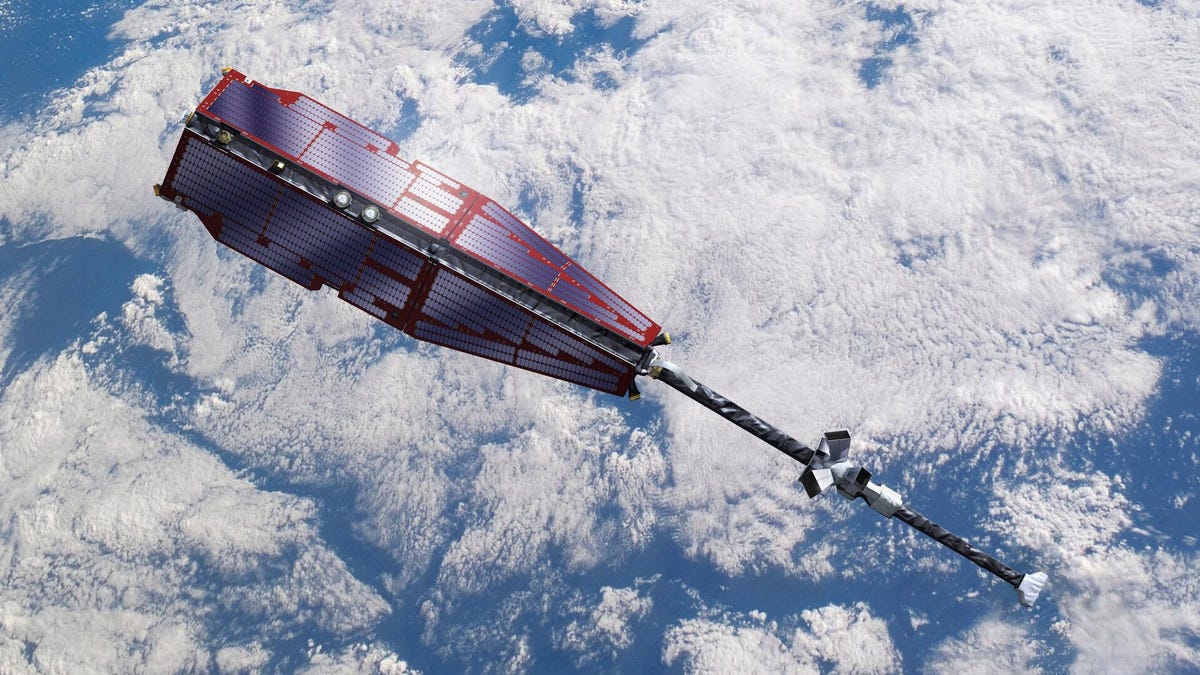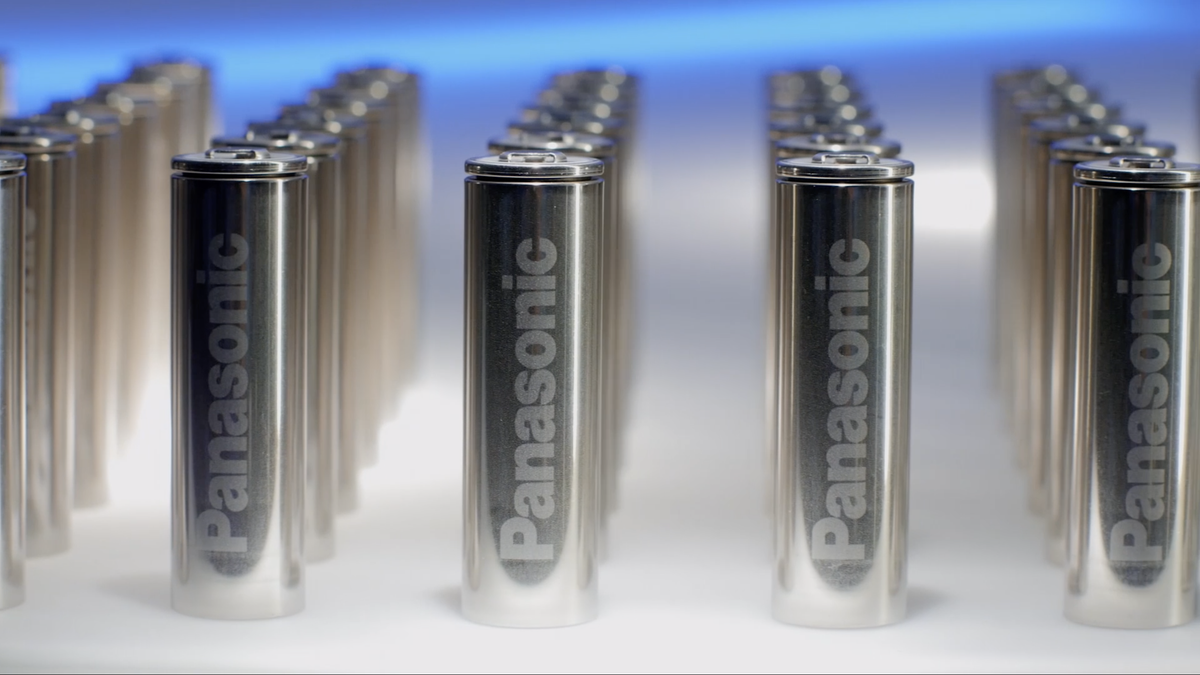[ad_1]

Mission controllers with the European Room Agency have been compelled to relocate a science satellite on detecting a threatening piece of room junk, and they did so with pretty little time to spare—just 8 hours recognize, which is not a great deal of time when it will come to handling objects in area.
ESA’s Swarm satellite constellation released in 2013, and it’s staying made use of to unlock the mysteries of Earth’s geomagnetic area. The mission employs three satellites, named Alpha, Bravo and Charlie, to measure magnetic alerts originating from Earth’s core, and also the planet’s crust, oceans, and pieces of the atmosphere.
On June 30, ESA mission management detected a small piece of area particles on a prospective trajectory towards Alpha. Primarily based on its calculations, the group predicted that the room junk would collide with Alpha in just 8 hrs. “The hazard of affect was significant plenty of that Alpha required to get out of the way—fast,” ESA wrote in a assertion. The workforce planned the demanded evasive action in just four hours.
“ESA’s House Debris Business office analyses information from the US House Surveillance Community and raises the warning of a possible collision to ESA’s Flight Control and Flight Dynamics teams, typically much more than 24 several hours right before the piece of debris comes closest to the satellite,” in accordance to ESA.
The evasive motion made, Alpha was no longer in harm’s way, but mission control had to postpone a maneuver planned for the satellite just a couple of several hours immediately after it approximately collided with the room junk.
G/O Media could get a commission

22% Off
Google Pixel 6 Pro
Extravagant cellphone
Employs a impressive Google Tensor processor for absurd speeds, has an sophisticated digicam with a 4x optical zoom, and a sensor that can seize extra light than at any time prior to, has a rapid-charging battery to allow you to remain on the go additional, and options a number of extraordinary picture equipment.
The satellite was in the midst of possessing to execute 25 maneuvers over a span of 10 weeks to arrive at a greater orbit, putting Alpha in a position absent from the Sunlight as the star goes through a interval of elevated action. The Sunlight goes as a result of an 11-calendar year cycle, during which its photo voltaic activity builds up to a highest prior to settling again down. Right now, the Sun’s optimum action is escalating the density of Earth’s upper atmosphere, creating the air to be thicker, and thereby demanding spacecraft to use additional fuel to continue to be in their orbital positions. Both equally Alpha and Charlie are making an attempt to escape the effects of atmospheric drag by reaching better factors in their orbits. Thankfully, the mission crew was able to reschedule Alpha’s maneuver inside of 24 hrs, in any other case the satellite would’ve drifted in the direction of Charlie, causing their orbits to intersect.
This was a close simply call for ESA’s Swarm mission, forcing floor management to go the satellite out of the way and into an orbit that doesn’t place it at threat of colliding with another satellite. The staff later experienced to determine the finest way of bringing Alpha back into its orbit though using as minimal gasoline as doable and devoid of shedding precious science details. That’s rather impressive for just 8 hours see, making it possible for Alpha to continue orbiting its way about Earth unscathed.
House particles is an raising issue for place businesses and non-public corporations as additional rockets and satellites are sent up into Earth orbit. Much more than 27,000 items of orbital debris are at this time remaining tracked by the Section of Defense’s world-wide House Surveillance Network, with tons of lesser parts also floating around undetected.
More: China Tests Gigantic Drag Sail for Removing Area Junk



